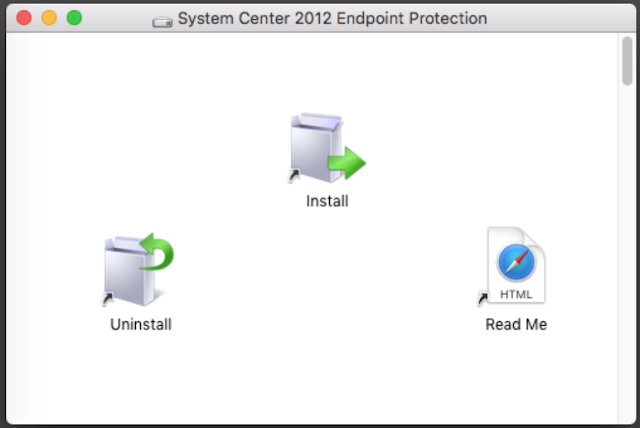
Unit IT security staff can be given unit-level accounts to allow them to review detections and incidents and address threats within their unit. Proactively address threats to IT at U-M.Customize endpoint protection to meet university needs.Work with unit IT staff to resolve incidents.Review detections and incidents that are flagged as malicious or as indicative of possible compromise, infection, or attack.U-M ITS Information Assurance staff members use the tool to: Sends detection and incident data, in encrypted form, to a cloud-based account for U-M.Identifies and prevents other cyber threats.
 Detects and defends against ransomware activity. Continuously watches for suspicious system events-processes, events, and activities-that indicate possible compromise, infection, or attack.
Detects and defends against ransomware activity. Continuously watches for suspicious system events-processes, events, and activities-that indicate possible compromise, infection, or attack. #MICROSOFT ENDPOINT PROTECTION FOR MAC SOFTWARE#
Endpoint protection software on your computer or server: Michigan Medicine users can contact Health Information Technology & Services for assistance.Įndpoint protection tools identify suspicious files and behaviors and alert IT security staff when analysis and/or action are needed.
Michigan Medicine uses Sentinel One for endpoint protection. Contact ITS Information Assurance through the ITS Service Center. See CrowdStrike Falcon for Units for details about Falcon for unit administrators. Falcon should also be installed on university Linux machines, although ClamAV for Linux may still be of use. Falcon replaced the previous antivirus/anti-malware software provided for university-owned machines: Microsoft Defender for Windows and Sophos for Mac. This tool protects MiWorkspace machines, MiServer Managed OS servers, and unit-managed university-owned computers. U-M provides enhanced endpoint protection-including antivirus and anti-malware-for workstations (laptops and desktops) and servers owned by the university using the Crowdstrike Falcon tool.





 0 kommentar(er)
0 kommentar(er)
